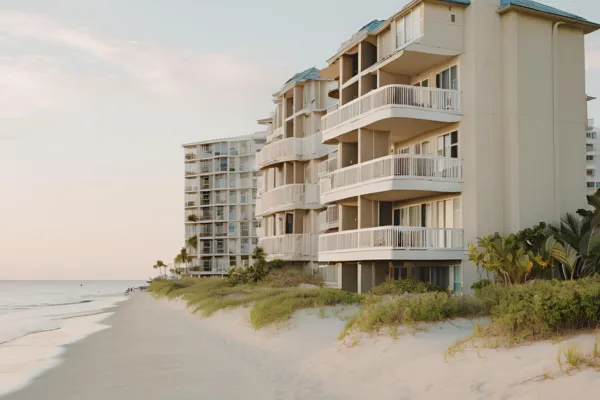
Why Condo Associations Are Especially Vulnerable in Flood Claims (And How to Fix It Before the Next Storm)
Why Condo Associations Are Especially Vulnerable in Flood Claims (And How to Fix It Before the Next Storm)
Condo associations have a unique problem when it comes to flood claims.
Unlike a single-family home, you’re not just managing one property — you’re managing a network of units, shared spaces, mechanical systems, and layers of responsibility. And when a flood hits, small mistakes turn into major financial loss — fast.
As a flood claims consultant, I’ve seen dozens of associations miss out on hundreds of thousands in coverage simply because no one explained the rules, the risks, or the real gaps in their policy.
Here’s why condo associations are more exposed than they realize — and what you can do about it.
1. Unclear Ownership of Shared Property
In many associations, it’s not clear who owns what.
Is the HVAC unit part of the building? Is the drywall in Unit 203 owned by the association or the unit owner?
FEMA doesn’t guess — and neither will the adjuster.
👉 Real Example:
One condo board assumed the association policy would cover all drywall, cabinets, and flooring. FEMA ruled those items belonged to unit owners and denied $180,000 in claims.
✅ Fix this before the flood:
Review your bylaws and ownership declarations.
Clarify which building components fall under the association’s responsibility.
Communicate this with your unit owners and include it in your flood documentation.
2. Inadequate Policy Limits and Coinsurance Penalties
Condo buildings are often underinsured.
Why? Many boards base their flood policy on past premiums, not current replacement values.
NFIP requires you to insure to 80% of replacement cost or up to the maximum policy limit — or else you’ll face a payout reduction under the coinsurance clause.
👉 Real Example:
A beachfront condo had a $5.5M replacement cost. The policy only covered $3.2M.
After a major flood, the claim payment was cut by over $400,000 because they failed the 80% test.
✅ How to fix this:
Get an updated RCV appraisal every 1–2 years.
Reassess your NFIP coverage against true building value — not just what fits your budget.
Talk to a flood consultant — not just your agent — to ensure your coverage actually protects your property.
3. No Pre-Flood Documentation or Inventory
FEMA requires proof of what was there before the flood.
If you can’t prove it, you may not get paid for it.
👉 Real Example:
An association claimed luxury lobby finishes, gym equipment, and rooftop cabanas — but had no photos or purchase records. They ended up with basic construction costs and lost over $250K in value.
✅ Fix this with documentation:
Photograph common areas, mechanical systems, and unit interiors (if association-owned).
Keep digital copies of invoices, blueprints, and upgrade records.
Update your documentation yearly — especially after renovations or capital improvements.
4. Mismatched Flood Zones and Elevation Misunderstandings
Some condo buildings are partially elevated and partially below grade — and that makes a huge difference in NFIP claims.
👉 Real Example:
A high-rise had parking and mechanicals in the ground-level enclosure below Base Flood Elevation (BFE).
NFIP limited coverage severely because these items were below BFE in a non-compliant enclosure — even though the building itself was elevated.
✅ How to protect yourself:
Get an elevation certificate and understand which parts of your building fall below BFE.
Relocate or elevate mechanicals if needed.
Have a flood consultant walk the property and point out risk zones before FEMA does.
Final Word:
Condo associations face complex risk. Multiple owners. Shared assets. Policy confusion. And when a flood hits, it’s too late to fix any of it.
The good news?
Every issue above can be addressed — if you take action before the next disaster.
💬 Want to make sure your condo association is fully flood-ready?
👉 Book your free consultation call today and let’s protect your property, your budget, and your board’s reputation. [Schedule Your Call Here]
